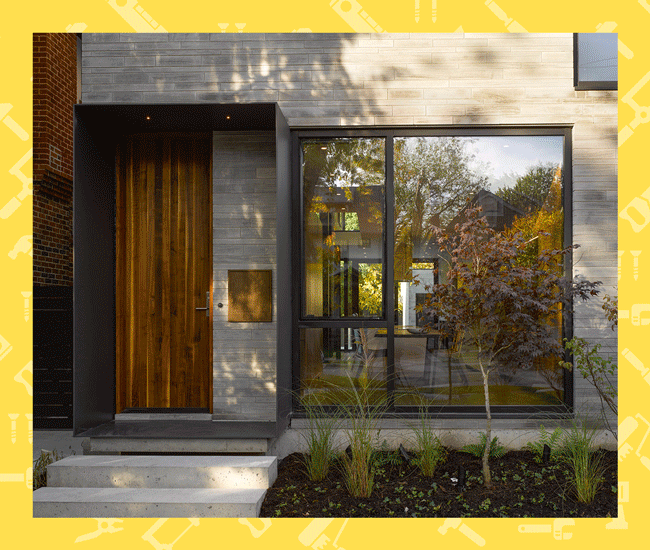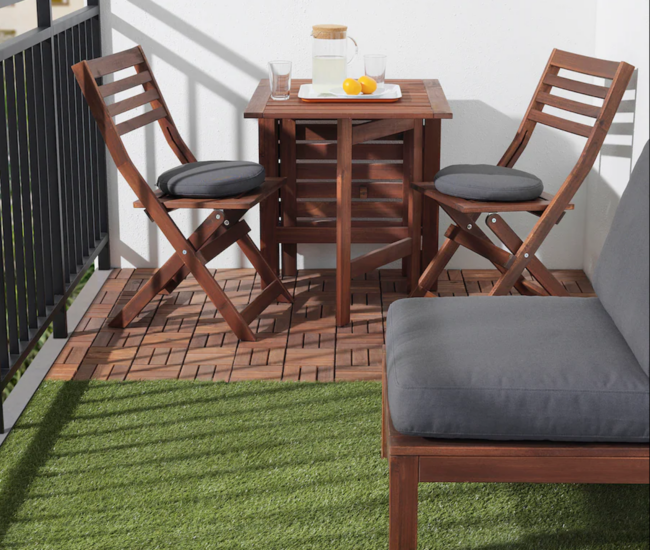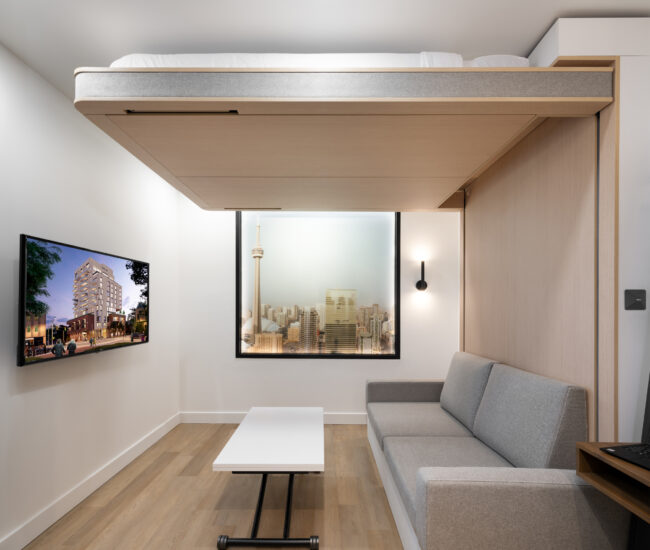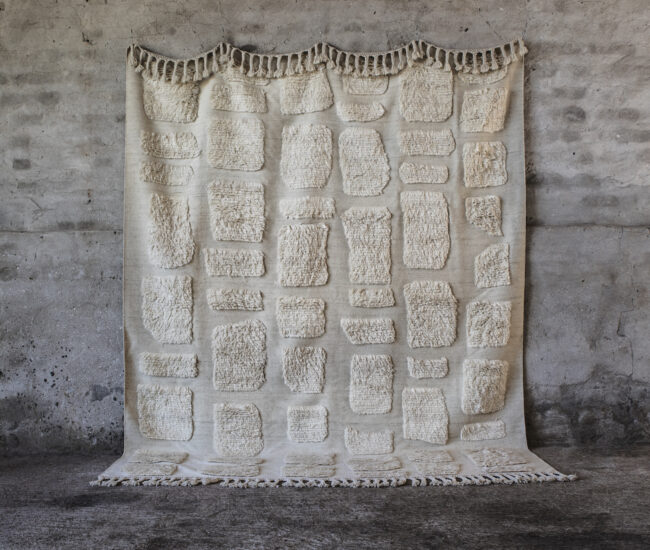Reno Tips to Save Your Sanity, Money and Relationship, Part 4

This is part four of our new advice series called Tips from the Pros, where we ask the city’s top architects, interior designers and developers to share their renovation secrets, horror stories and most memorable ‘make it work’ moments
This week, three superstar architects share their top tips on staying sane during one of life’s most trying of times: the dreaded home reno. First up is John Tong, principle of +tongtong, who designs awe-inspiring homes, restaurants and hotels. Next are Christine Lolley and Tom Knezic of Solares, an innovative firm building super sustainable homes, followed by Drew Mandel, whose eponymous studio impresses with masterful modern residential projects. Click to see Parts One, Two and Three.
What is the most overlooked aspect of a renovation? Or what is something that always seems to surprise homeowners?
John Tong: Some might say storage, garbage management, acoustic privacy, air quality or environmental initiatives amongst many other things but one of the aspects that people may underestimate is the need to deal with the relationship between you and your neighbours. Renovations can be disruptive and stressful for everyone including your neighbours; noise, trucks, dumpsters. Neighbours may also be very defensive to what you might be building. Whether they like what you are proposing or not, it is always a good idea to make your neighbours feel like they are considered, especially if you need to go to the committee of adjustment for any reason.
Solares: As architects of ultra-energy efficient homes, we know that to see the largest reduction of energy use, a full-gut reno is the way to go. You don’t want to limit yourself to a portion of the building, or only look at cosmetics and go to all that trouble only to leave the old, inefficient building shell as it is. It’s more cost-effective and achieves better efficiency in the end to take the house down to the structure, and install new systems, insulation, windows, and finishes from there. In our opinion, it’s always better to do one great reno, if you can, rather than multiple piecemeal ones. You get better energy savings, lower utility costs, and when it’s finished you don’t have any more renovations to do in the future!
Drew Mandel: Clients are appropriately focused on design and budget issues and are often surprised by the impact governing authorities and neighbours (through heritage, the committee of adjustment, or shared driveways and trees) can have on the planning process of a residential project. Generally, the process associated with design and construction is an unexpectedly large component.
“It’s always better to do one great reno, if you can, rather than multiple piecemeal ones.” – Christine Lolley and Tom Knezic, Solares
In your opinion, what part of the home should a homeowner never, ever treat as a DIY?
JT: Most infrastructure and systems in a house can be very complex. I’ve been electrically shocked a number of times fixing an outlet or switch. Electricity scares me. You can’t see it. You need to know what you are doing. It is not a trial and error kind of process. Plumbing is different. If it leaks, you did it wrong. But even then it could be leaking where you don’t see it. I would also say that managing your own renovation project is a lot more work and more involved than some might think. I don’t recommend it unless you have lots of time and patience.
S: Because performance is so important to us, we always bring in a third party energy auditor during and after construction to make sure the home is built right and is as energy efficient and air tight as we’d planned! Checking your work is so important in order to ensure you’re getting the results you aimed for, so it’s a very worthwhile part of the investment for that reason. Our clients have invested in a Solares home, and we want to make sure they’re getting what they signed up for. We really value the expertise of the consultants we bring in for this.
DM: Homeowners should not act as general contractors. It is a big job with value when working with appropriate collaborators. During a DIY moment, I was almost maimed by a floor buffing–machine.
“Electricity: You can’t see it. You need to know what you are doing. It is not a trial and error kind of process.” – John Tong, +tongtong
What is one permit or building rule that may surprise homeowners and is worth knowing about before committing to a reno?
JT: If there are any trees on the property that you want moved, that are protected or which may be on city property, the home owner will need a tree protection plan which may require an arborist report, a permit to harm the tree, and a deposit for the tree, which can be thousands of dollars and only returned after you prove that the tree was in fact treated as prescribed and sometimes in the presence of the arborist. If you are moving a tree, the city can hold the deposit for a minimum of 3 years.
S: In the City of Toronto you need a building permit for just about everything. Painting and replacing windows or roofing are about the only things you don’t need a permit for. Many people don’t realize that this adds significant time onto a project schedule.
DM: Three-storey flat-roof homes are not permitted without seeking relief from allowable zoning rules through the committee of adjustment hearing (or approval) process.
What should homeowners always, always bank extra time and/or money for?
JT: Most projects start with a budget, yet there are so many factors that push and tug at that budget. Some blame the designer or architect, which can sometimes be true, but aside from unforeseen site conditions, especially with renovations of older properties, the client is also a contributor. Renovating may be a time to fulfill aspirations, satisfying that long list, which inevitably will get longer during the process. It’s an opportunity to solve all the problems once and for all. The reality of having to set priorities is sometimes very difficult. Matching the budget to the scope of work of the renovation is really important.
S: Homeowners should plan on hiring a design professional and making all design decisions in advance of construction. A full design can take up to a year of planning, and having a professional work with you through the whole process adds so much more predictability in costing and scheduling, and gets you where you want to go much more effectively. Having your general contractor make design decisions for you on the fly can cost more and hold back the project. Not to mention that you might not like their design sense!
DM: Planning, unknowns, landscape and furniture. Better planning can lead to more well-informed and better decisions as well as a budget more finely tuned to the client’s priorities. Existing homes represent some unknowns and the budget should accommodate. No one likes to spend money they cannot see – in the ground or in the walls – but issues arise in old homes despite exploratory demolition and thorough planning.
There is always a concern that the budget will not accommodate scope of work items occurring near the end of the project process. The landscape allocation is often robbed to stretch out the architectural scope of work. It is understandable, but landscape is an integral part of a project and the successful engagement with a site and should be an integral part of the budget.
Furniture (and art) collecting can and perhaps should be a hobby over time, but it is important to be able to complement the reno with a couple of appropriate items to feel a sense of achievement or completion and the full benefit of all the hard work, time and money devoted to the project.
“The landscape allocation is often robbed to stretch out the architectural scope of work. Understandable, but landscape is an integral part of a project and the successful engagement with a site.” – Drew Mandel, Drew Mandel Architects
What would be your advice to homeowners who are having difficulty deciding where to spend and where to save?
JT: Always plan and budget to build things properly. Good windows, and solid doors are very important. Unfortunately a lot of cost goes to things that are not always seen, leaving less for what is seen. My clients, like myself, almost always select the more expensive of an option when deciding on architectural details or features, fixtures or finishes. Often you do get what you pay for and you need to live with those choices for a possibly long while. Like the tile you face everyday taking that shower, the sink and tap you use everyday in the kitchen, the door handles you touch every time you open or close a door, or the counter you wipe or eat at every day. The list goes on.
S: We do super energy efficient full gut renovations, so our clients spend good money on the shell of the building (the structure, windows, insulation, air barrier, air tightness), and in turn they tend to skip out on high-end interior finishes. You can always upgrade your countertop later, but it’s so much harder – and more expensive – to go back and try to increase your insulation or air tightness.
DM: I would recommend maxing out on the things that hold their value and that you cannot easily change, such as windows, cladding and flooring. I suggest caution with respect to spending big on technology. The latest technology can quickly become outdated.
“Often you do get what you pay for and you need to live with those choices for a possibly long while.” – John Tong, +tongtong
What is the most hellish moment you’ve had during a home reno?
JT: One of the most hellish moment I had, or should I say one of my clients had, was when the project was almost completed and ready for paint. A portion of the house was on the property line, so as a courtesy, the neighbour was asked for permission to access their yard to paint that side of the house. My client got their permission. The next day, the painter began painting the front of the house with intention to move to the side of the house the following day. When the neighbour saw the colour that was being painted, they withdrew their permission to access the wall. My client had the right to access the neighbour’s yard to paint and maintain his property but had to go to city, as well as get legal letters to present, wasting weeks and adding more cost. The colour that was being painted was Benjamin Moore’s 2133-30 Days End.
S: The most stressful moment of some renos is when we strip out the interior finishes of the house and discover a hidden structural problem. This mostly happens in older homes, and is related to damage from poorly done past renos. We’ve seen some pretty sketchy stuff. Things like crumbling foundations, exterior brick walls that have turned to dust, floor joists hacked away to make space for ducting or plumbing so the floor is like a trampoline, fire damage that got covered up, that kind of thing. On the positive side, it’s so satisfying to find and fix those problems and know that our clients will have a safe and lovely home when we’re done.
JC: Nothing ever goes wrong when you hire an architect. That said, we once had an adjacent neighbour jump into the middle of a site to act as a human shield in order to protest a new residential project. Excavation was completed without incident and all was eventually resolved.










